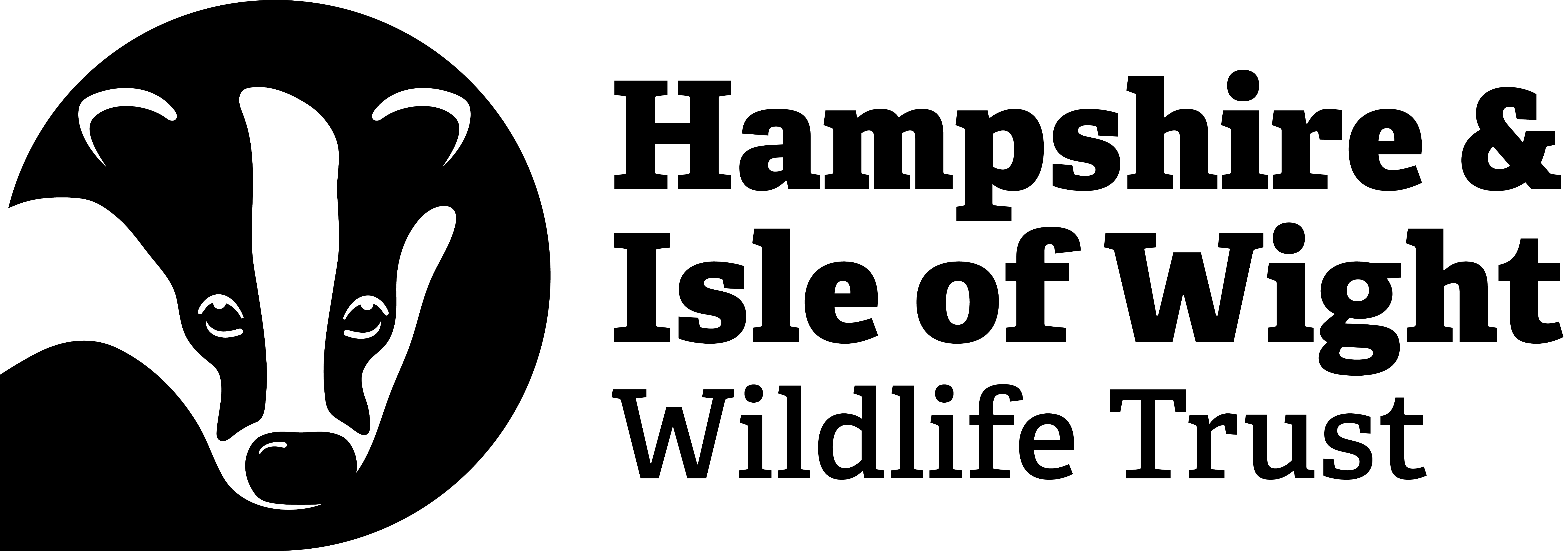Seagrass seed planted earlier this year in the River Hamble has taken root and is beginning to thrive, marking a historic return for one of the UK’s most threatened marine habitats.
In April, Hampshire & Isle of Wight Wildlife Trust’s marine team planted more than 2,000 seagrass seeds using innovative methods. Just a few months later, healthy plants are now growing, flowering, and producing new seed in the estuary - the first signs of a potential comeback for a habitat lost from the Hamble since the late 1920s and 1930s.
Seagrass once stretched from Southampton Water up the Hamble to Bursledon, until a wasting disease outbreak in the 1930s caused widespread loss across the whole North Atlantic area. A survey in 2023 found no remaining beds.
Only fragments of vast seagrass meadows that once thrived across the UK now remain - up to 92% of seagrass has been lost over the past century and recovery limited due to pollution, dredging, boat anchoring and coastal development.
Tim Ferrero, Senior Specialist, Marine Conservation, at Hampshire & Isle of Wight Wildlife Trust, said: “Standing in the Hamble and seeing seagrass growing again was a truly emotional moment for me. This river hasn’t seen seagrass for almost a century - but now, for the first time in living memory, it’s back. To witness those tiny shoots flowering and even producing new seed gives me so much hope.”
“Seagrass restoration is not straightforward - it’s slow, difficult work, and there are no guarantees. But to see these early signs proves that the Hamble can still support seagrass, and that we really can bring this forgotten habitat back. It shows what’s possible when we combine science, innovation, and the dedication of volunteers who give their time to help restore our seas. This really feels like a tipping point in our journey towards the restoration of the Solent Seascape.”




